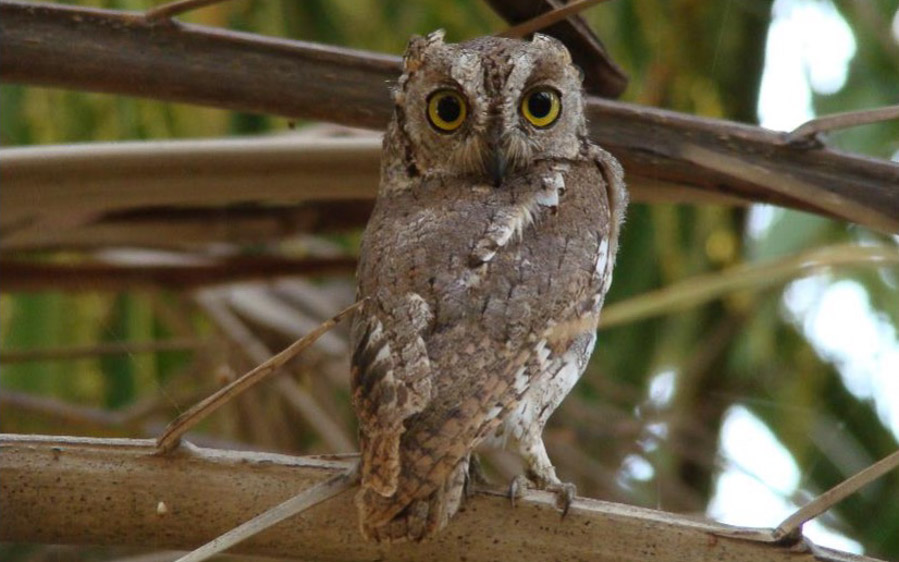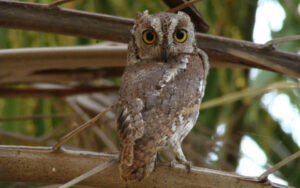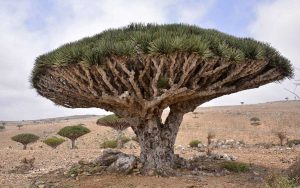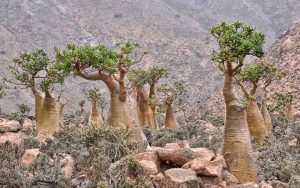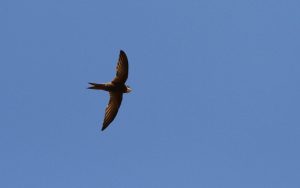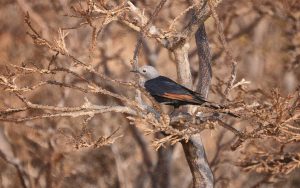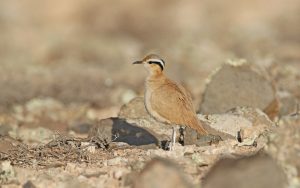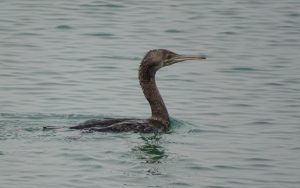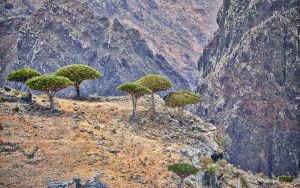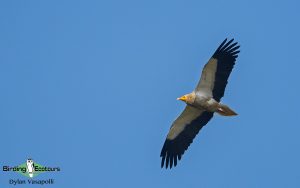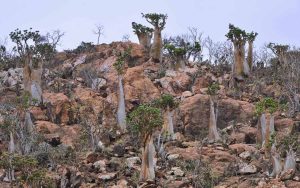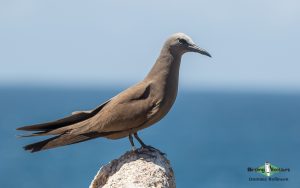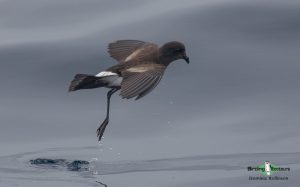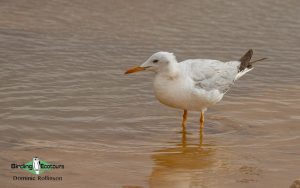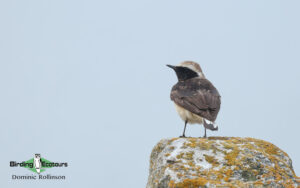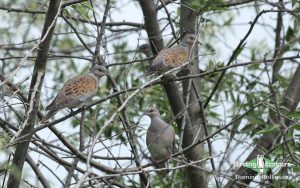Socotra Birding Tours
Our birdwatching tours to the Socotra Archipelago allow visiting birdwatchers the opportunity to target many range-restricted bird species – including ten single-island endemics – while exploring a beautiful island paradise famed for its unique wildlife and staggering landscapes. Socotra is rarely visited by international birdwatchers and is better known for its idyllic white sand beaches and turquoise seas, nevertheless this remote desert island offers visiting birders many sought-after rare species. The island’s popularity as an eco-tourism destination has resulted in the construction of a comfortable hotel, meaning visitors no longer need to camp. Combined with its natural beauty, good food, friendly people, and exciting wildlife, the Socotra Archipelago is a must-visit destination.
The Socotra Archipelago consists of four main islands located in the Arabian Sea, near the Gulf of Aden, appearing as an extension of the Horn of Africa. While the Socotra Archipelago is part of Yemen, it is governed by the Southern Transitional Council, a Yemeni group supported by the UAE. This administration ensures security and autonomy in Socotra, making it a safe haven for travelers, compared to the regional conflicts affecting the rest of Yemen. Most of our birding is focused on the island of Socotra, the largest island in the Archipelago, covering 95% of the land mass. Socotra lies about 240 miles (380 kilometers) south of mainland Yemen, 150 miles (240 kilometers) east of Somalia, and 205 miles (330 kilometers) southeast of Oman.
Read More About Socotra
The geography of Socotra is characterized by limestone plateaus, rugged mountains, towering sand dunes, and lush wadis, surrounded by vibrant coral reefs teeming with diverse marine life. Its remote location has fostered high levels of endemism, with many of Socotra’s terrestrial plants, reptiles, and invertebrates found nowhere else on Earth. The bizarre Socotra Dragon Blood Tree is the most renowned example, famous for the blood-red sap and umbrella-shaped canopy: forests of these trees grow in the highlands, creating an alien landscape. During the summer months, Socotra experiences high temperatures, often exceeding 95°F (35°C), and strong monsoon winds that sculpt its dramatic beaches and sand dunes. The ideal time to explore Socotra is between October and March when temperatures are pleasant, the weather is stable, and the seas are calm.
The history of the Archipelago has been influenced by its strategic location along ancient trade routes, serving as a hub for merchants from Greek, Roman, and Arab civilizations who exchanged goods such as frankincense, myrrh and spices. Over time, the archipelago came under the control of various empires and kingdoms, including the Portuguese, the British, and eventually Yemen. The indigenous Soqotri people, who have lived in the archipelago for millennia, speak a distinctive language without a written form, and have maintained a deep connection to their environment, preserving its remarkable biodiversity. Today, the local economy revolves primarily around fishing, livestock rearing, and the harvesting of frankincense and dragon blood tree resin. While remote and relatively untouched, the Socotra Archipelago is gaining recognition as an eco-tourism destination, attracting visitors drawn to its extraordinary landscapes and endemic wildlife.
Following the International Ornithological Congress (IOC) taxonomy, v14.1 (August 2024), the Socotra Archipelago bird list is 231, though this number often increases as more vagrants are discovered. Nine bird species are endemic to the island of Socotra, including Socotra Scops Owl, Socotra Cisticola, Socotra Warbler, Socotra Starling, Socotra Sunbird, Socotra Sparrow, Socotra Golden-winged Grosbeak, the rare Socotra Bunting and Threatened (IUCN) Socotra Buzzard. Additionally, the Abd al-Kuri Sparrow is endemic to the island of Abd al Kuri, the archipelago’s second largest and most westerly island, situated 60 miles (97 kilometers) east of the Somali coast. Seeing this species requires an overnight camping expedition, which we can arrange as part of our tours, so do let us know if you’re interested in targeting this species. Beyond these rarely targeted island endemics, the Socotra Archipelago hosts several species endemic to the Horn of Africa, such as the Somali Starling and Socotra White-eye, along with Forbes-Watson’s Swift – a desirable coastal species seen regularly on the island of Socotra but elusive elsewhere in its range. Rare range-restricted seabirds breed on offshore islands within the Archipelago, such as Socotra Cormorant, Persian Shearwater and Jouanin’s Petrel, the latter breeding exclusively here.
Our week-long Socotra Island birding tour offers a good chance to see all nine bird species endemic to the island, such as Socotra White-eye, and the iconic Socotra Golden-winged Grosbeak, along with other species rarely seen by international birdwatchers. Each day, we will explore a different area of this unique island, visiting all of the top birding spots in Socotra, while enjoying breathtaking, otherworldly landscapes. Our tour is timed to coincide with the peak migratory period, since many birds that breed in Asia migrate through the Socotra Archipelago in the fall to winter in East Africa, making birdwatching here an exciting prospect. We will embark on a pelagic boat trip to see rare seabirds of the region, such as Jouanin’s Petrel, among other marine life. For adventurous birders, we can organize an overnight camping trip to Abd al Kuri to target Abd al-Kuri Sparrow, offering the chance to see all of the Archipelago’s endemic bird species. With comfortable accommodation and exciting wildlife watching, this tour promises an unforgettable experience in one of the world’s most extraordinary natural settings.
Download Socotra Itineraries
Socotra Birding Tour: Endemic Birds and Dragon Blood Trees October 2025/2026
